Thinking About Your Woodlot
What do you want your woodlot to look like in the future? What is the legacy you want to leave? As a forest landowner, the decisions you make about your land will have a lasting impact for years to come. A good place to start is to think about how you use your woodlot. Do you consider it a source of income? Do you enjoy the space it provides for wildlife? Is your land a place for you to take a walk? It could easily be all of these and more! Thinking about how you use your land, and what you want to get out of it, can help you care for your woodlot and realize the possibilities it can offer.
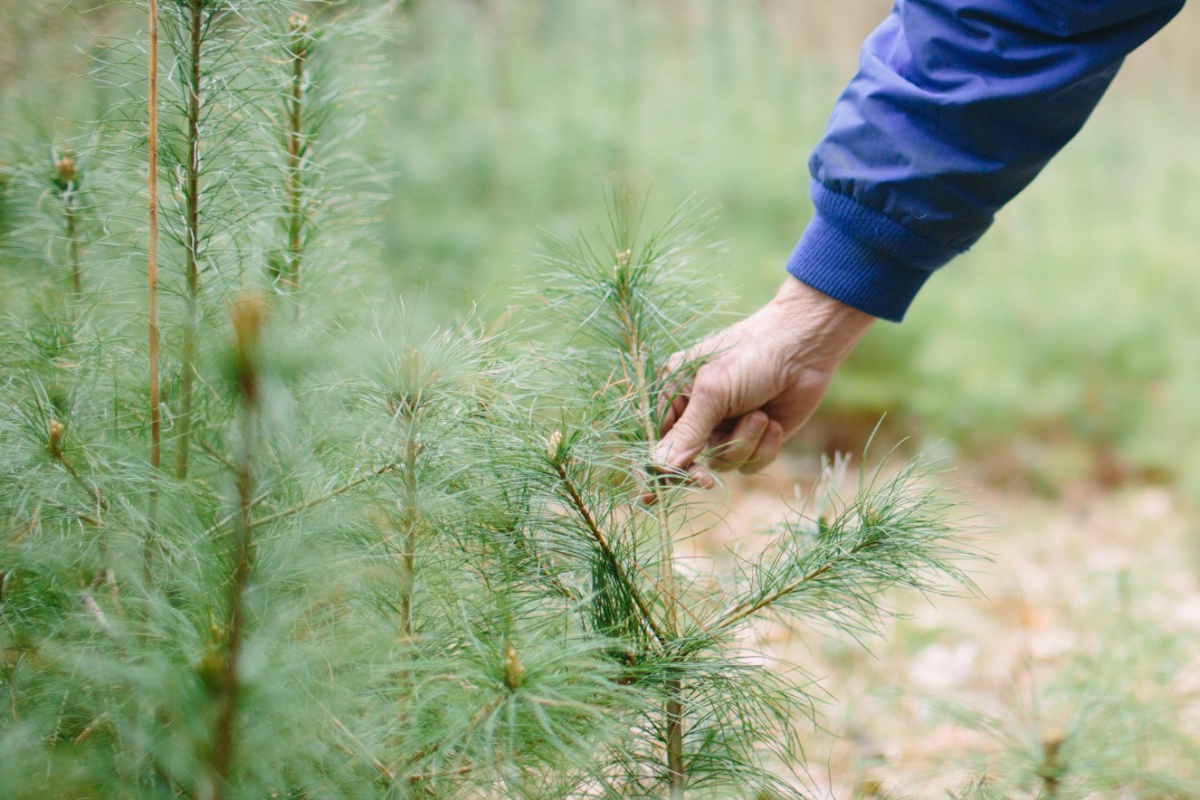
Store and Sequester Carbon
Owning a woodlot, you may appreciate many of the benefits it provides to you and the public. Income from timber harvesting, privacy, hunting opportunities, hiking, clean water, wildlife habitat and fall foliage are just a handful of natural benefits woodlots provide to you and the public. More recently, forestland has been identified as part of the solution to climate change. Our forests have remarkable ability to sequester and store carbon while at the same time provide those traditional benefits and opportunities we all value. Keeping forest as forest and purposefully managing them can maximize carbon sequestration and storage while at the same time meeting your needs as a woodlot owner.
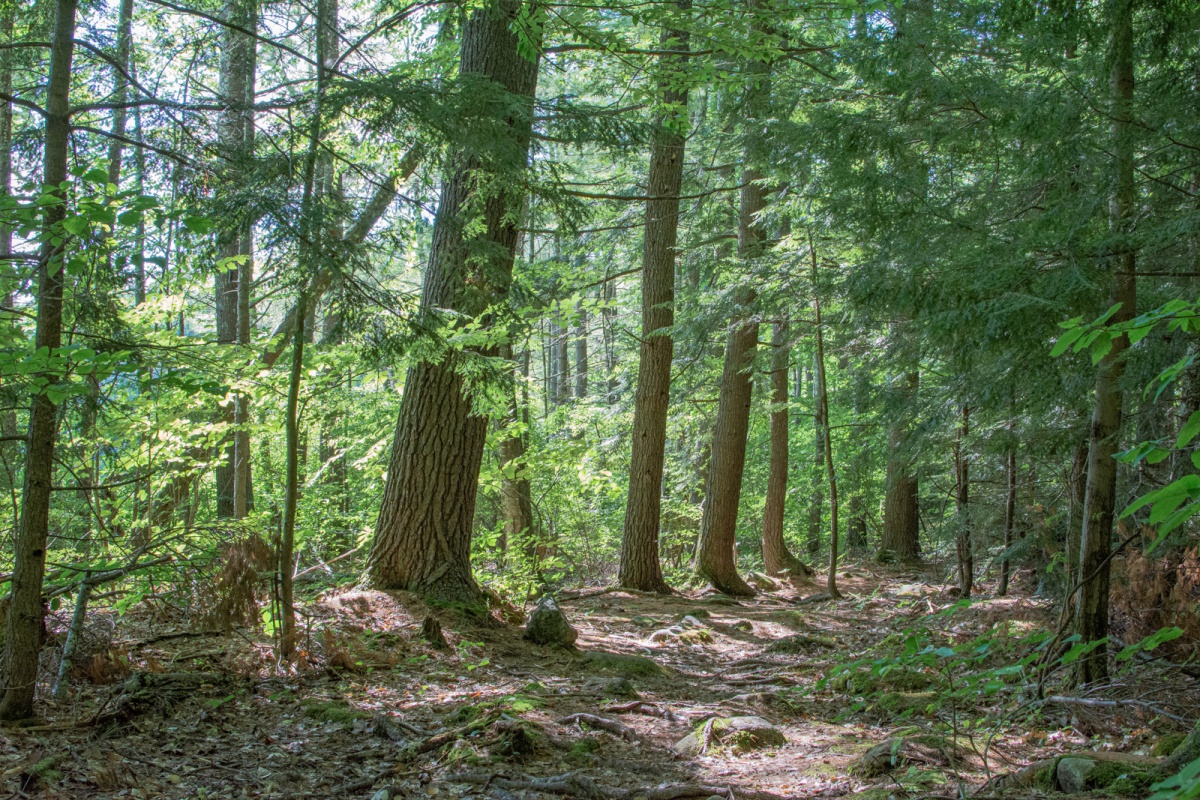
UNH Extension County Forester Can Help
Keeping your woodlot healthy, diverse, and productive involves discovering what you have on your property, evaluating what you found, and planning on how to maintain, enhance or change what is there. This thoughtful planning is a sign of good forest stewardship. Not sure where to start? Give your UNH Extension county forester a call! Your county forester will visit your property, free-of-charge, and help you learn more about your woodlot so you can make informed decisions regarding managing your forest, creating or enhancing wildlife habitat, protecting water quality and scenic beauty, or earning income from your trees. Find your UNH Extension county forester by visiting www.extension.unh.edu/countyforesters or by contacting the Forestry Information Center at (800) 444-8978 or forest.info@unh.edu.

An Introduction to Forest Carbon
Carbon Storage
Carbon in a forest is stored both aboveground and belowground and in many forms. Aboveground, carbon is stored in the trees and plants, dead trees, and in the leaf litter. Belowground carbon is stored in the soil and roots. A forest’s storage levels are influenced by several factors shaping your woodlot including soil properties, woodlot age, and past management.
Carbon Sequestration
Sequestration is the process of using carbon dioxide (CO2) during photosynthesis for tree and plant growth and upkeep. How fast a forest sequesters carbon depends on the number of trees in a woodlot and how fast those trees are growing. Trees that are healthy and vigorous tend to sequester more carbon anually from the atmosphere than those that are declining in health or are overcrowded in the forest.
Where is Carbon Stored in a Forest?

Adapted with permission from Catanzaro, P. & A. D’Amato. 2019. Forest Carbon: An essential natural solution to climate change. University of Massachusetts, Cooperative Extension Landowner Outreach Pamphlet, 28 pp
What Does the Age of Your Forest Have to Do With Carbon?
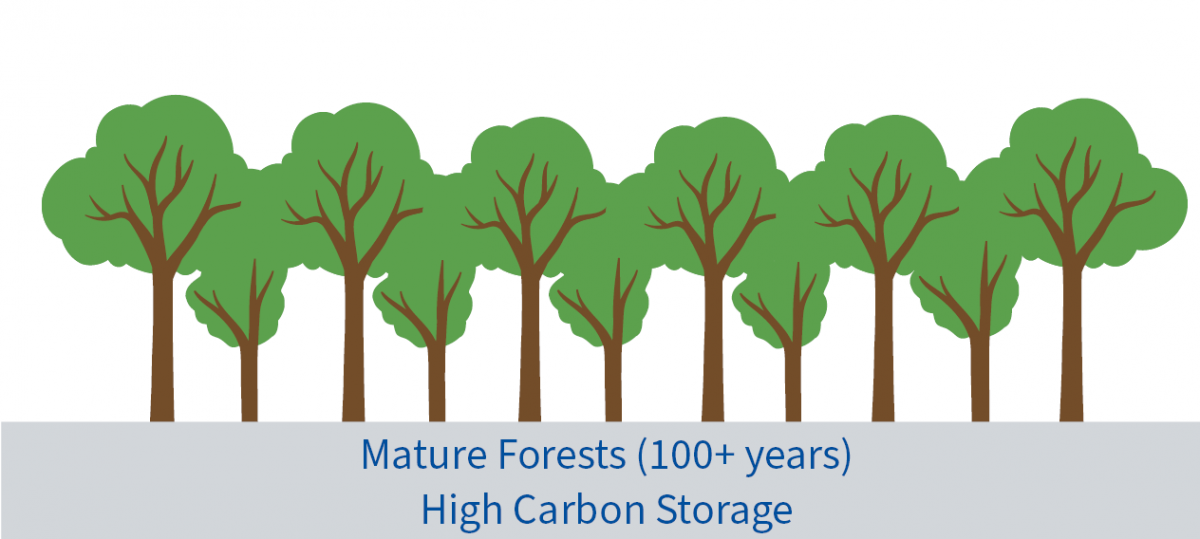
Older forests tend to have a lot of large trees, standing dead wood and well-developed leaf litter and soils. This translates into high carbon storage in the forest both above and below ground in the form of stems, dead material, roots, and soil. Larger, older trees may not be sequestering carbon at a fast rate, but they are generally keeping carbon stored in the forest at far higher levels when compared to
younger forest.
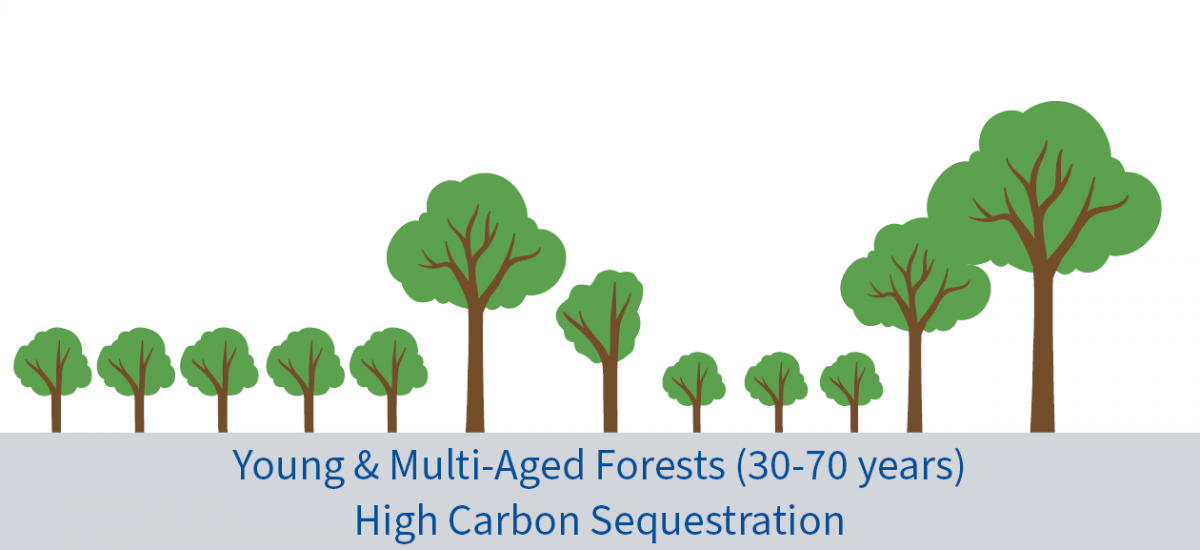
Forests growing quickly will have a higher rate of carbon sequestration. These fast-growing stands tend to be smaller, younger (30 to 70 years old), and have a lower amount of carbon stored in the forest due to their size. These low-storage, high-sequestration forests are just as important as the older, high-storage forest because they are capturing atmospheric carbon to be stored in the forest.
How Does Harvesting Trees Impact Carbon Storage?
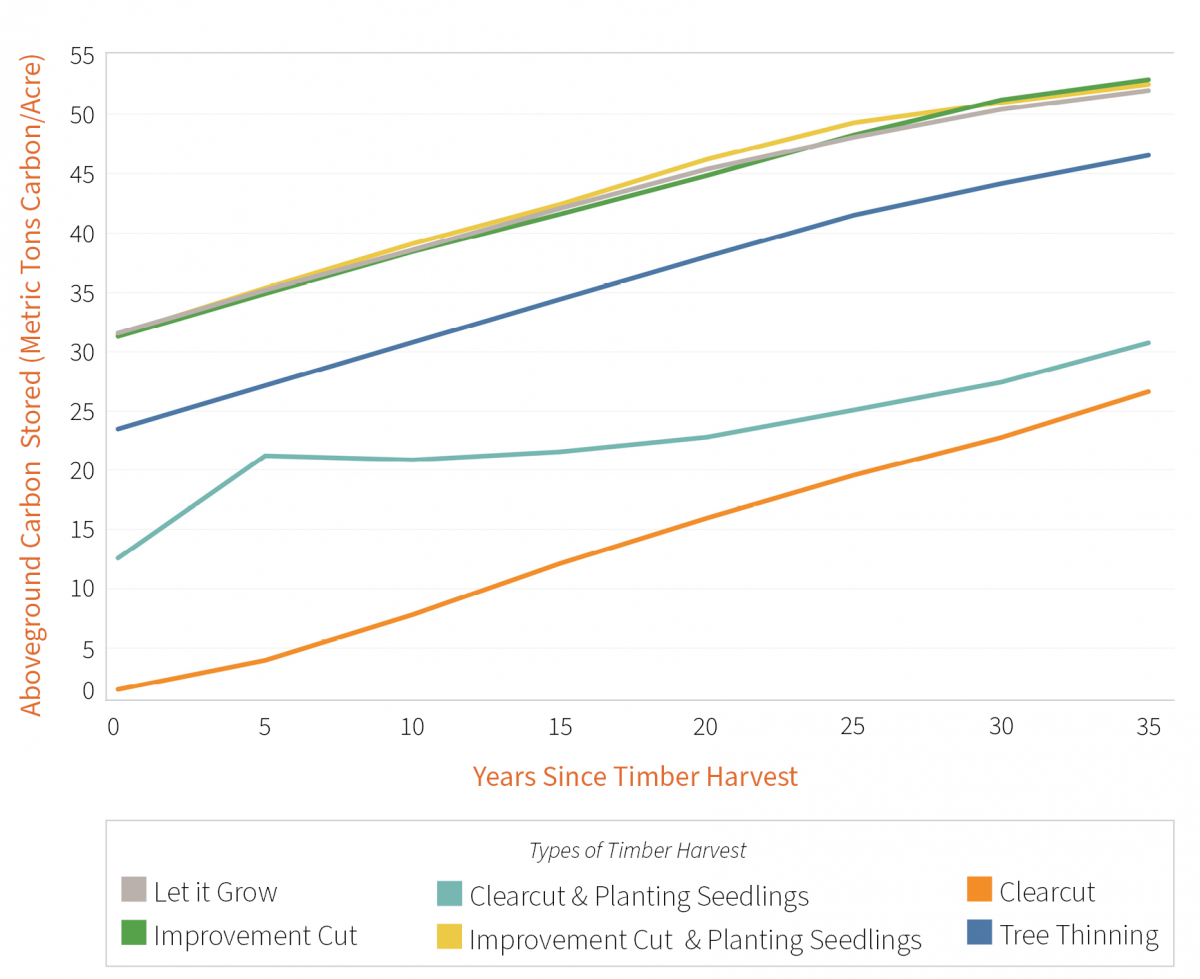
This graph represents a few management scenarious if you are interested in carbon storage on your woodlot. All the lines represent the same woodlot, but the lines represent a different way to harvest timber and the effects on carbon storage. The Let it Grow scenario displays how carbon accumulates over time and when compared to other management options such as an Improvement Cut, there is very little change in the amount of carbon stored over a 30-35 year period. This is encouraging for those concerned about carbon storage while at the same time interested in improving the quality of trees in the woodlot through management. It might seem counterintuitive that removing trees, including the carbon stored in them, during a harvest can produce the same amount of carbon storage over time. This is most likely achieved by the trees that are left behind growing faster, sequestering more carbon, and making up for the less vigorous trees that were cut.
Interested in Learning More? Contact Your County Forester
Find your UNH Extension county forester by visiting www.extension.unh.edu/countyforesters or by contacting the Forestry Information Center at (800) 444-8978 or forest.info@unh.edu.


